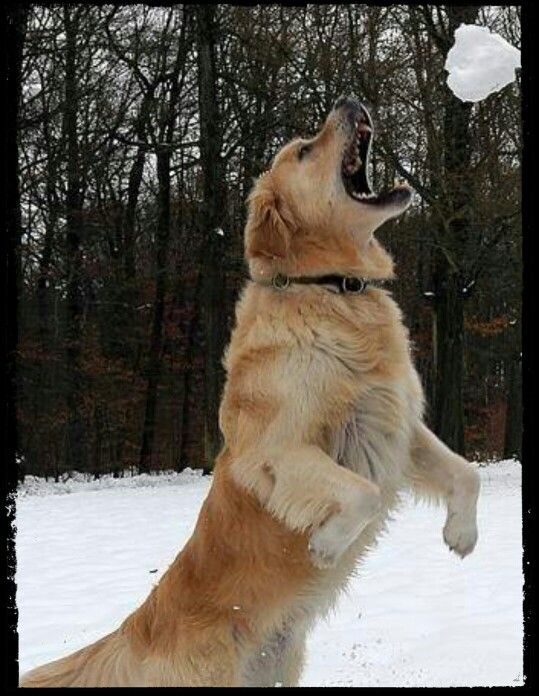Dog / Detail
Paws for Thought: Teaching Your Dog Not to Jump
Jonathan Bennet | 29 August 2024 | 12:05
Jumping is a common canine behaviour, often interpreted as a sign of affection or excitement. While it may be endearing to you, it can be off-putting or even intimidating to visitors.
Teaching your dog not to jump can be a challenge, but with patience, consistency, and positive reinforcement, it's definitely achievable. With patience, consistency, and positive reinforcement, you can help your furry friend learn good manners and become a well-behaved companion.
Remember, every dog is different, so what works for one may not work for another, and here some tips to prevent them from jump to people:

Understanding the Behaviour
Before we dive into training techniques, it's essential to understand why dogs jump.
Jumping can be a form of greeting, a way to get attention, or simply a learned behaviour. Some dogs may also jump out of excitement or anxiety.

While jumping may seem harmless, it can be problematic for several reasons:
- Safety: Jumping can lead to accidents, especially for small children or elderly individuals.
- Social Etiquette: Jumping can be considered rude or even aggressive by some people, especially those who are unfamiliar with dogs.
- Damage: Jumping can damage furniture or knock over objects.

Training Techniques
Here are some effective techniques to teach your dog not to jump:
- Ignore the Behaviour: One of the most important principles of training is to ignore unwanted behaviours. When your dog jumps, simply turn away and avoid eye contact. This teaches them that jumping doesn't get attention.
- Redirect the Behaviour: Instead of focusing on the unwanted behaviour, redirect your dog's attention to a more appropriate behaviour. For example, if your dog jumps, ask them to sit or lie down. Reward them for performing the desired behaviour.
- Use a Barrier: If your dog is persistent, consider using a barrier to prevent them from jumping. This could be a baby gate or a temporary fence.
- Practice Greeting Etiquette: Teach your dog to sit and stay before greeting people. Reward them for waiting patiently.
- Socialize Your Dog: Expose your dog to a variety of people and situations to help them learn appropriate social behaviors.
- Use Positive Reinforcement: Positive reinforcement is a powerful training tool. Reward your dog for good behaviour with treats, praise, or playtime.
- Be Consistent: Consistency is key in training. Make sure everyone in your household is following the same rules.

- Start Early: It's easier to teach a puppy not to jump than an adult dog.
- Be Patient: Training takes time. Don't get discouraged if your dog doesn't learn immediately.
- Seek Professional Help: If you're struggling to train your dog, consider consulting with a professional dog trainer.
Related
-

The Healing Power of Dogs: How Canine Therapy is Revolutionizing Mental Health and Boosting Positive Energy in Humans
Dog14 November 2024
-

A Pawsitive History: Dogs of Nuremberg
Dog09 November 2024
-

The Role of Oxytocin in the Human-Dog Bond: The Science Behind Our Deep Connection
Dog06 November 2024
-

Beyond the Beach: Jamaica's Dog Lovers
Dog29 October 2024
-

A Dog's Delights: Homemade Snacks for Our Furry Babies, Recipes Included!
Dog29 October 2024
-

A Dog's Disorientation: Understanding Your Dogs' Wanderlust
Dog29 October 2024
Popular
-

-

A Pawsitive History: Dogs of Nuremberg
09 November 2024 -

-

Beyond the Beach: Jamaica's Dog Lovers
29 October 2024 -
